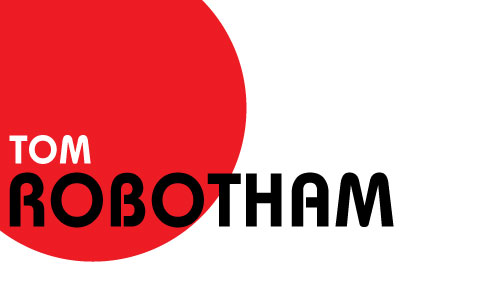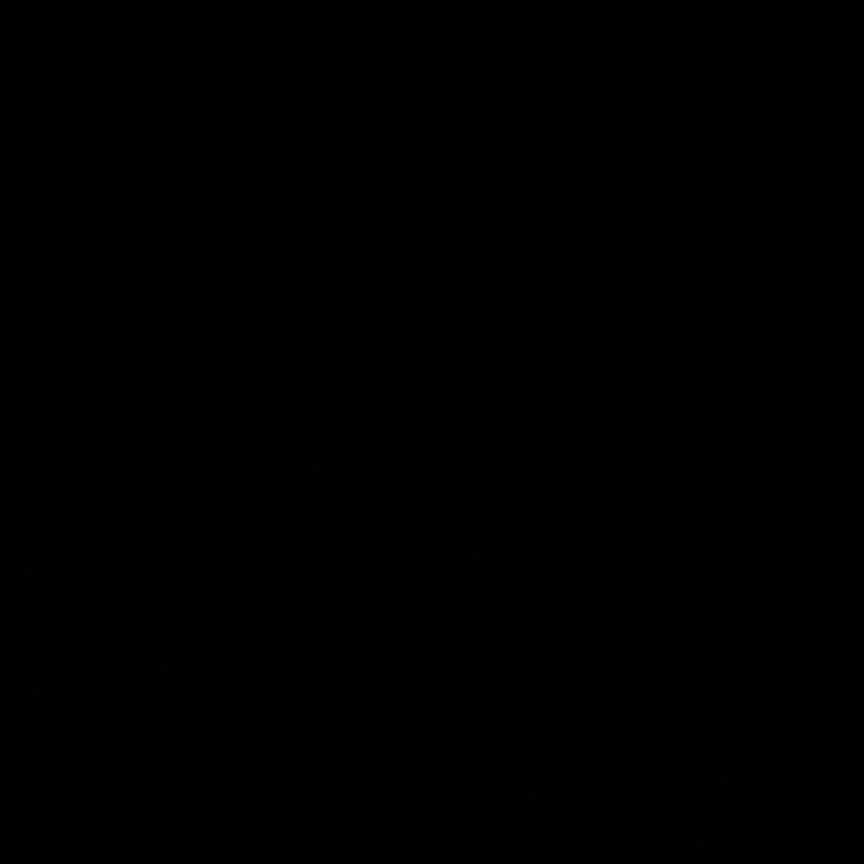By Tom Robotham
It’s hard to believe, but it’s fact: This year, my high-school graduating class will celebrate its 50-year reunion. In recognition of this occasion, I find myself reflecting on my high-school experience.
From the beginning, it was pretty grim. My older sister had gone to another school, closer to our home in Staten Island, New York. By the time I entered my teens, however, the city had built a new school—Wagner High—in part to handle the Island’s growing population and in part as a response to embrace the nationwide trend in “busing”—an orchestrated attempt to facilitate racial integration. Thus, kids from my all-white neighborhood and kids who’d grown up in all-Black sections were thrust together for the first time.
On the first day of school, three of my buddies and I caught a ride with a friend’s mom. When we pulled up, we couldn’t help noticing a large group of Black kids milling about on the sidewalk near the front entrance. As we were crossing the street, my friend’s mother called out to us: “Don’t let those boys bother you!” she said. I cringed, then forged ahead.
The second I stepped onto the sidewalk, a Black kid twice my size grabbed my arms, while another punched me in the sternum.
“That’s a warning, white boy,” the bigger kid said as he pushed me away. “Stay off this corner!”
It was a foreshadowing of things to come. I resolved to keep my head down, and managed to avoid more harassment, but it took a long time before I felt safe there. Much of my freshman year, in fact, was a relentless reminder of the “color line,” as W.E.B. DuBois put it. The classes were integrated, of course, but in the cafeteria the self-segregation was glaring—and it wasn’t unusual for brawls to erupt if kids of either race wandered to the “wrong” side. I also remember sitting in one class or another that year and seeing the glare of flashing police lights outside the window. Rumors followed: I heard they found a gun in a kid’s locker or, some guy was caught selling heroin.
Some of my classes were no picnic, either—Algebra, in particular. In elementary school, I’d mastered basic arithmetic, but this was a whole new ballgame: How the hell do you add letters? I kept asking myself.
Fortunately, two things got me through that first year. One was the track team. I’d never been very athletic—I was average, at best—but a friend who’d joined urged me to try out, and since no one was rejected to my knowledge, I suddenly found myself working out every day after school. In spite of my mediocre performance, I enjoyed the experience and felt good when I improved my time in a one-mile track-run or a cross-country race.
The other saving grace that first year was a mechanical drawing class, taught by a man named Lance Martin. I’d always loved drawing but was never great at doing it free-hand. There was something deeply therapeutic about sitting at a drafting table with my T-square and triangles, sketching out illustrations of machine parts in minute detail. I liked the class so much that I ended up in Martin’s classes all four years, culminating in architecture. He was kind and encouraging, and I was impressed when he told us he’d designed one of the pavilions at the 1964-65 New York World’s Fair.
Socially, though, that first year remained difficult. Two of my closest friends attended a Catholic high school, and a third was a year younger, so we were on different schedules. By sophomore year, however, I’d found a social niche. Back in my neighborhood, I’d started smoking weed, so I ended up hanging out at school with some potheads. Fairly often, we’d cut class and retreat to the woods behind the school to get high. This continued for the remainder of my high school years. The only class I never skipped was Martin’s.
Not that I hated all of my other classes. But only two others stand out. One was an English class taught by Mr. McHugh during my junior year. Bookish as I am today, I wasn’t much of a reader in high school. Nevertheless, I was intrigued in McHugh’s class by The Catcher in the Rye, and even more engaged when he took us on a field trip to Lincoln Center to see a production of MacBeth. I’d already read it—or tried to—for a class my sophomore year, but the teacher had been dry as dust, so I’d found it to be mind-numbing. That day on the field trip, however, as I watched a world-class performance of the play, I finally got Shakespeare’s genius.
The only other class I remember in four years of high school is a course in psychology. Ironically, I can’t remember the teacher’s name—but he had a huge impact on me. At times it was uncomfortable. One day, he asked us to pair up and interview each other. My partner was one of the smartest kids I’d ever met. We’d been assigned to ask each other about our interests and values, and he was more articulate than many people I met later on in college. When it was my turn, by contrast, I was at a lost for words. I don’t remember exactly what I said, but it was probably something like, “I don’t know—music and pot, I guess.”
When I look back on that moment, I realize that I was afraid—afraid of what was going on around me, and afraid to look within. I was doing my best to hide from the world and from myself. Toward the end of the year, however, we were assigned In Cold Blood and asked to write an analysis of it. As I reflected on the book, I was struck by the fragility of the human mind. As horrific as the murders were, Capote made me understand on some level why some people crack, then turn to darkness. Apparently, my teacher was impressed because I got an A on the paper.
That class awakened in me a desire to learn more and to think more. But that desire wouldn’t come to fruition until I went to college. My senior-year in high school, in fact, remains largely a blur, thanks to those constant marijuana highs and my determination to keep my head down. This, I’ll admit, wasn’t the most productive way to spend those formative years. But it had its upside. Word had gotten around that I always had weed, and one day two Black guys—members of the basketball team—approached me. I told them I didn’t have enough to sell them anything but that I’d be glad to share. A minute later, the three of us were sitting in a stairwell, sharing a joint. Ha!, I thought. So this is the solution to racial tensions: We all just need to get high together.
Such memories of belonging, however, are few and far between. Unlike my college experience—four years of joyful exploration that brought about a profound sense of liberation—my time in high school felt more often than not like a prison sentence: a time when I didn’t seem to fit in anywhere—not with the jocks or generally popular kids, certainly, but neither with the science geeks, artsy types, brawlers or school-government nerds. With that in mind, I have no desire to attend my reunion. Nevertheless, I am in some strange way grateful that I went to school where I did. After all, I found a way to get through it—and that lesson is at least as valuable as anything I learned in the classroom.




